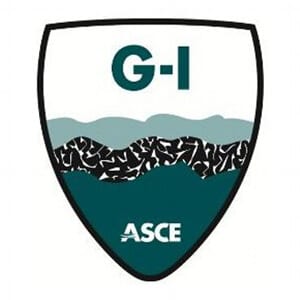Techniques and Methods
GeoStabilization International employs a variety of advanced techniques to stabilize seawalls, each tailored to the specific needs of the project. These methods ensure the structural integrity and longevity of seawalls, providing robust protection against the forces of nature.
- Soil Nailing: This method involves inserting steel rods, or "nails," into the soil behind the seawall. These nails are then grouted in place to create a composite mass that stabilizes the soil and the seawall. Soil nailing is particularly effective in areas with loose or unstable soil, as it enhances the shear strength of the soil and prevents further erosion. This technique is minimally invasive and can be applied without extensive excavation, making it a cost-effective and efficient solution.
- Anchoring Systems: Anchors are used to provide additional support to the seawall by securing it firmly in place and preventing movement. These systems can include tiebacks, rock anchors, or helical anchors, depending on the specific requirements of the project. Anchoring systems are designed to transfer the loads from the seawall to deeper, more stable soil or rock layers, ensuring the seawall remains stable even under extreme conditions. This method is highly versatile and can be adapted to various types of seawalls and site conditions.
- Grouting: This technique involves injecting grout into voids, cracks, and weak zones within the seawall and the surrounding soil. The grout, which can be a cementitious or chemical mixture, fills these spaces and hardens to form a solid, impermeable mass. Grouting not only strengthens and stabilizes the seawall but also prevents water infiltration, which can cause further erosion and damage. This method is particularly useful for repairing and reinforcing older seawalls that have developed significant structural issues over time.
- Use of Geosynthetics: Geosynthetic materials, such as geotextiles, geomembranes, and geogrids, are used to reinforce and protect the seawall from erosion and other forms of damage. Geotextiles can be used to separate and filter soil layers, preventing the migration of fine particles that can weaken the seawall. Geomembranes provide an impermeable barrier to water, reducing the risk of erosion and seepage. Geogrids enhance the mechanical properties of the soil, providing additional stability and support. The use of geosynthetics is a versatile and effective approach that can be customized to address specific challenges faced by seawalls.
Each of these methods offers unique advantages, and the choice of technique depends on the specific conditions and requirements of the seawall in question. GeoStabilization International's team of experts carefully assesses each project to determine the most appropriate and effective stabilization strategy, ensuring optimal results and long-term protection for coastal properties and infrastructure.













